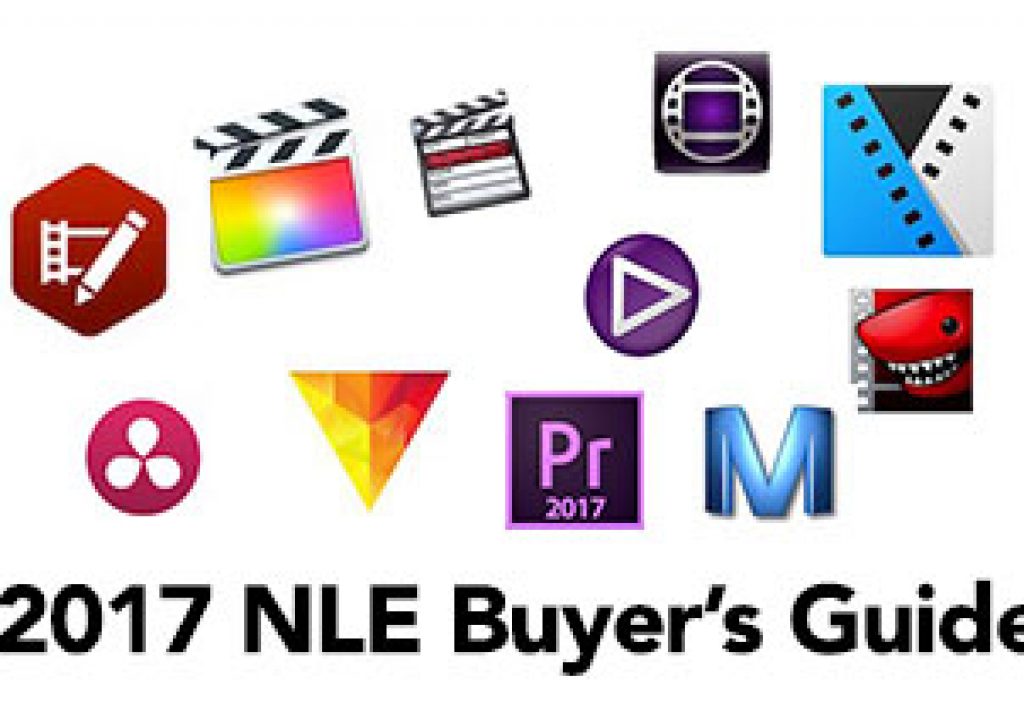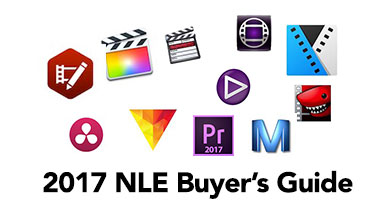
It’s a new year and 2017 is a year unlike any other in terms of the technology we have at our disposal for editing and post-production. The controversy over the new MacBook Pro aside we have very powerful hardware to choose from over a wide range of prices. If you’re in the game to edit then running on that hardware will be non-linear editing software as there’s no way around using an NLE to cut your film, commercial, music video, documentary or story together.
Now more than ever there is a broad range of applications that editors (both experienced and amateur, pro and hobbyist alike) can choose from when it comes time to cut their show. Beyond the most obvious of choices when it comes to Adobe, Avid and Apple there are NLEs that fit any budget, run on any platform and can meet most any need. This buyer’s guide came from a list I was putting together for a client who asked about alternatives beyond Adobe, Avid and Apple (and this whole thing will be a class at NAB Post|Production World as well). I was surprised by how many choices we have these days and how capable many of them are.
All of the NLEs listed here have achieved some level of notoriety in the “professional” editing market and/or have pushed into the collective consciousness of the film/video production space to be, IMHO, considered relevant. What’s not included here are any of the numerous “low end” video editing applications that come from small programmers and quickie developers that are in the Windows app store or the Mac app store. Some of those “low end” tools not mentioned here might not be low end at all but they aren’t well known enough to have made a dent in the production world, either in the past or the present. In addition, I’ve personally used almost all of these NLEs mentioned below in some capacity.
Here we go.
![]() (you can get that custom 2017 icon here)
(you can get that custom 2017 icon here)
Mac/PC – $50 / month for the main Creative Cloud plan
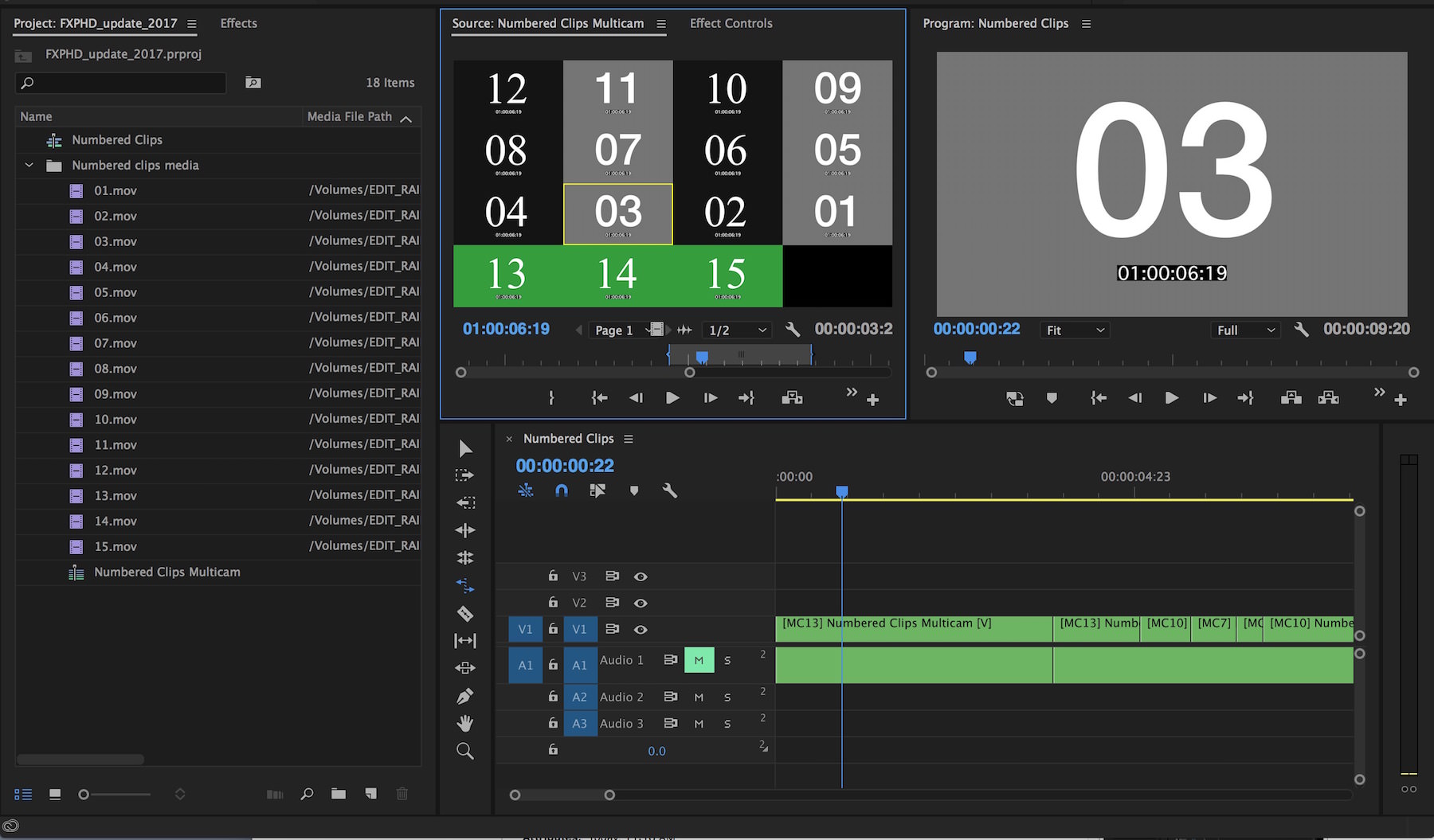
If you’re working outside of Hollywood then you’ve probably encountered Premiere Pro quite a bit over the last few years. Adobe has been on a steady march forward as they have continued to update and refine Premiere since CS 5 and 6. Premiere seems to have cemented itself at the top of the heap in terms of access, marketing and place in the overall video editing world.
Pros: Both Mac and PC versions available as well as cross platform compatibility between them; nearly infinitely customizable; lots of updates seemingly all the time
Cons: If you read the internet you’d think it’s an unstable NLE; monthly subscription costs; lots of updates seemingly all the time
Wildcard: Adobe Team Projects. If Adobe’s new collaboration tools work well and are affordable they might be able to take some marketshare from Avid in Hollywood.
Buying Advice: If you want to be able to move up, down, left, right to any other NLE out there then Premiere is the way to go. The value of all that you get in the monthly Creative Cloud subscription cost can’t be matched. More and more outlets, companies and editors seem to be moving to Premiere.
![]()
Mac – $300 (Mac App Store link)
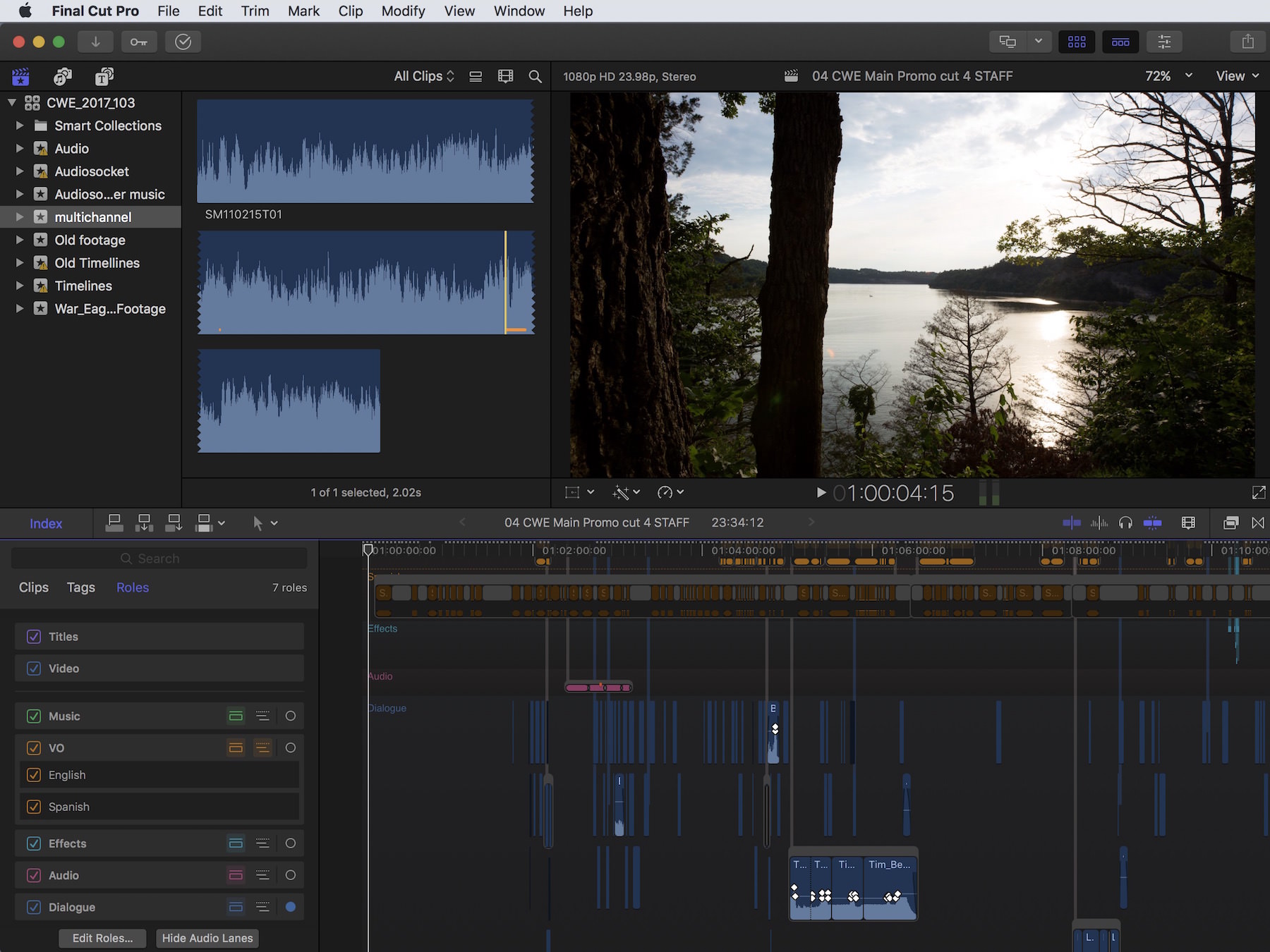
You know it exists but you might not have used it. Or you may use it all the time and thing that those that don’t are insane. Or you might think that anyone who would even entertain the idea of using FCPX is insane.
Rest assured that if you do edit with Final Cut Pro X you’re probably happily editing along every day getting your work done just as well as those not working with FCPX. With version 10.3 of FCPX Apple addressed some longstanding complaints that made this entirely capable NLE even more capable. I don’t know many editors who have tried it who haven’t at least acknowledged many of its strengths.
Pros: Organizational capabilities unlike any other NLE on the planet; speed both in general usage and exporting; it thinks different
Cons: Mac only; still missing some pretty basic NLE features you’d be expecting if you’ve used any other NLE for any length of time; native MXF support doesn’t always mean native MXF support, it thinks different
Wildcard: Organization and metadata. I’ve yet to meet an editor who didn’t marvel at FCPX’s different way of thinking when it comes to sorting, organizing and finding media. And in an increasingly metadata-centric production world FCPX can do things the other NLEs can’t.
Buying Advice: Don’t try to make FCPX act like another NLE and you’ll be much happier; get as fast a Mac as possible to run it and you’ll be much happier
![]()
Mac/PC – $50 / month to $1,299 depending on license
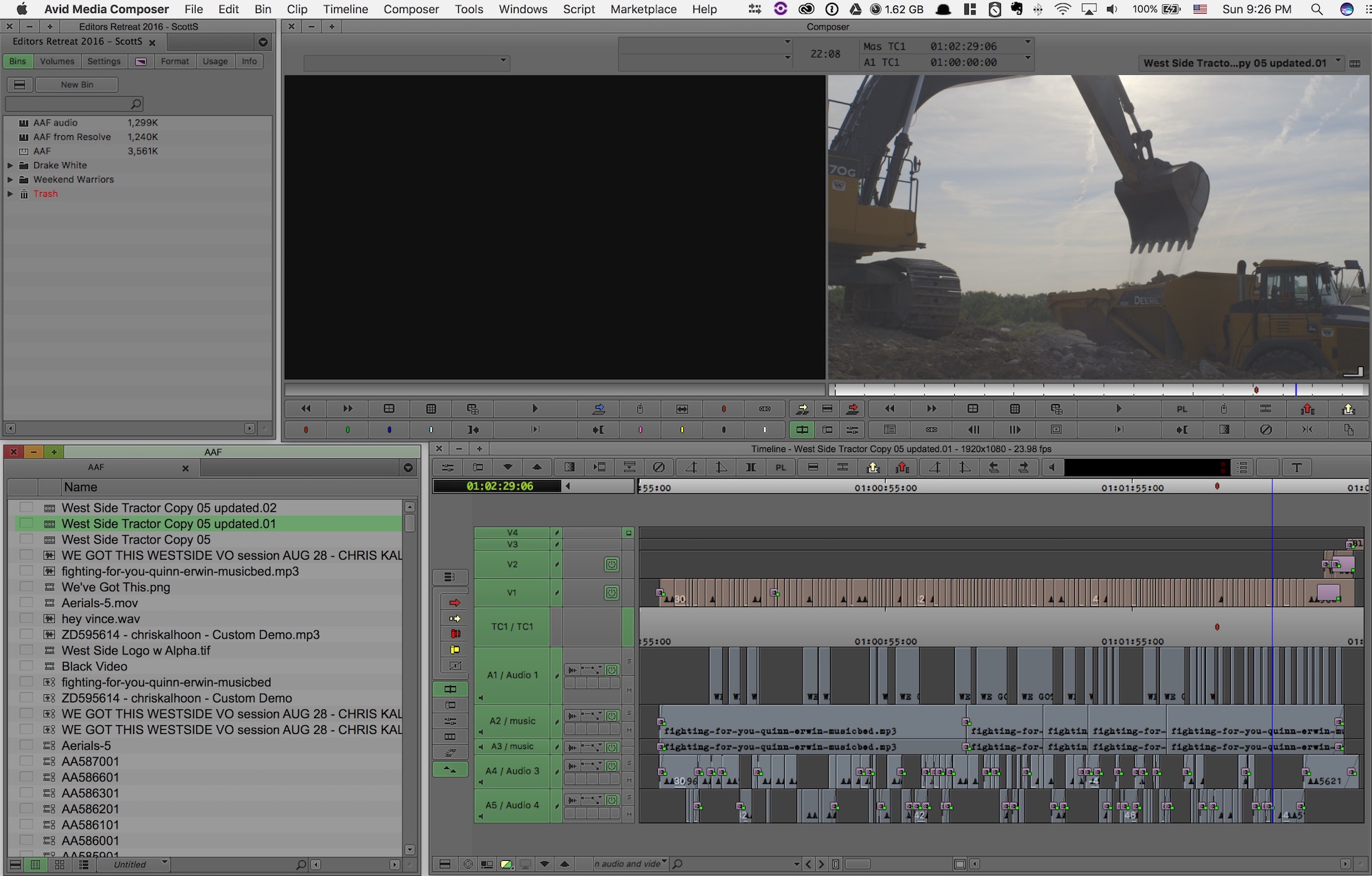
Contrary to what you might believe from reading the Wall Street financial reports on Avid, Media Composer is the tool cutting most of what you see at the movies and on network television today. Avid’s programmers seem to have woken up over the last couple of years as recent updates have added some very good (and long time coming) features that makes editing in Avid Media Composer a much nicer than it has ever been.
Pros: It’s a workhorse; it has a track record unmatched by any other NLE out there; purchase by subscription or perpetual license; Hollywood uses it so how bad can it be?
Cons: It’s not a “modern” NLE and its age shows; to do certain things you have to click … a lot; Hollywood does use it but what they don’t tell you is much of Hollywood hasn’t upgraded in years
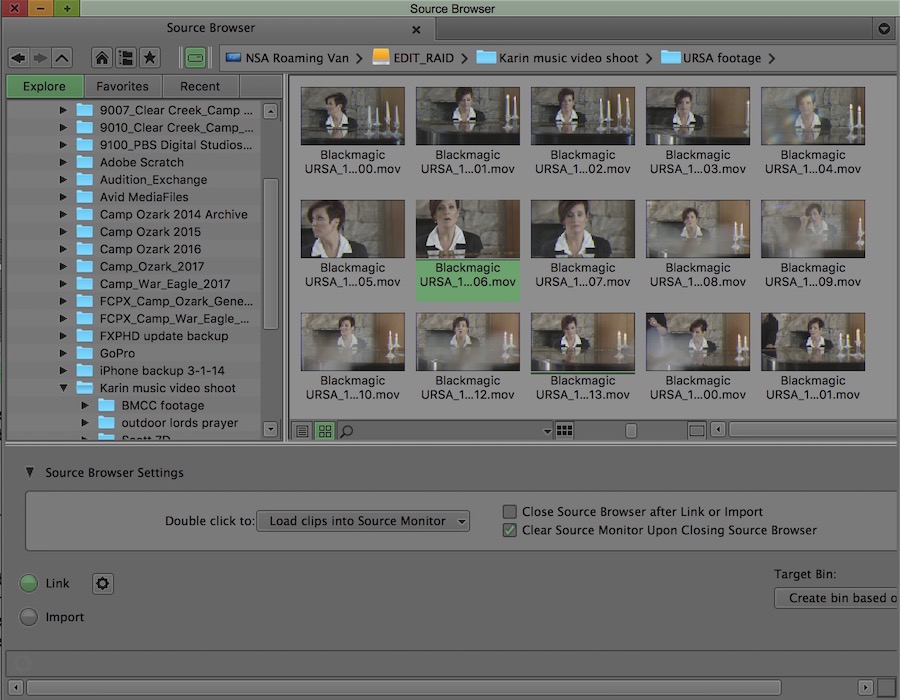
Wildcard: Shared storage. Beyond the fact that Media Composer is still the king in Hollywood Avid owns and sells the gold standard for shared storage: Unity, ISIS, NEXIS is their new product in a long line of shared storage which is reliable and installed in post-production houses all over the world. Oh, there’s also the wildcard of what seems to be an endless string of corporate layoffs and falling stock price.
Buying Advice: Since the Nexidia ScriptSync/PhraseFind technology is coming back that’s a tool that only Avid has; MC’s strong point is collaboration but I don’t see many lone-wolf editors basing their edit suites around Media Composer these days; no one has ever been fired for choosing Avid.
![]()
Mac/PC (you won’t need the Linux version) Free – $995
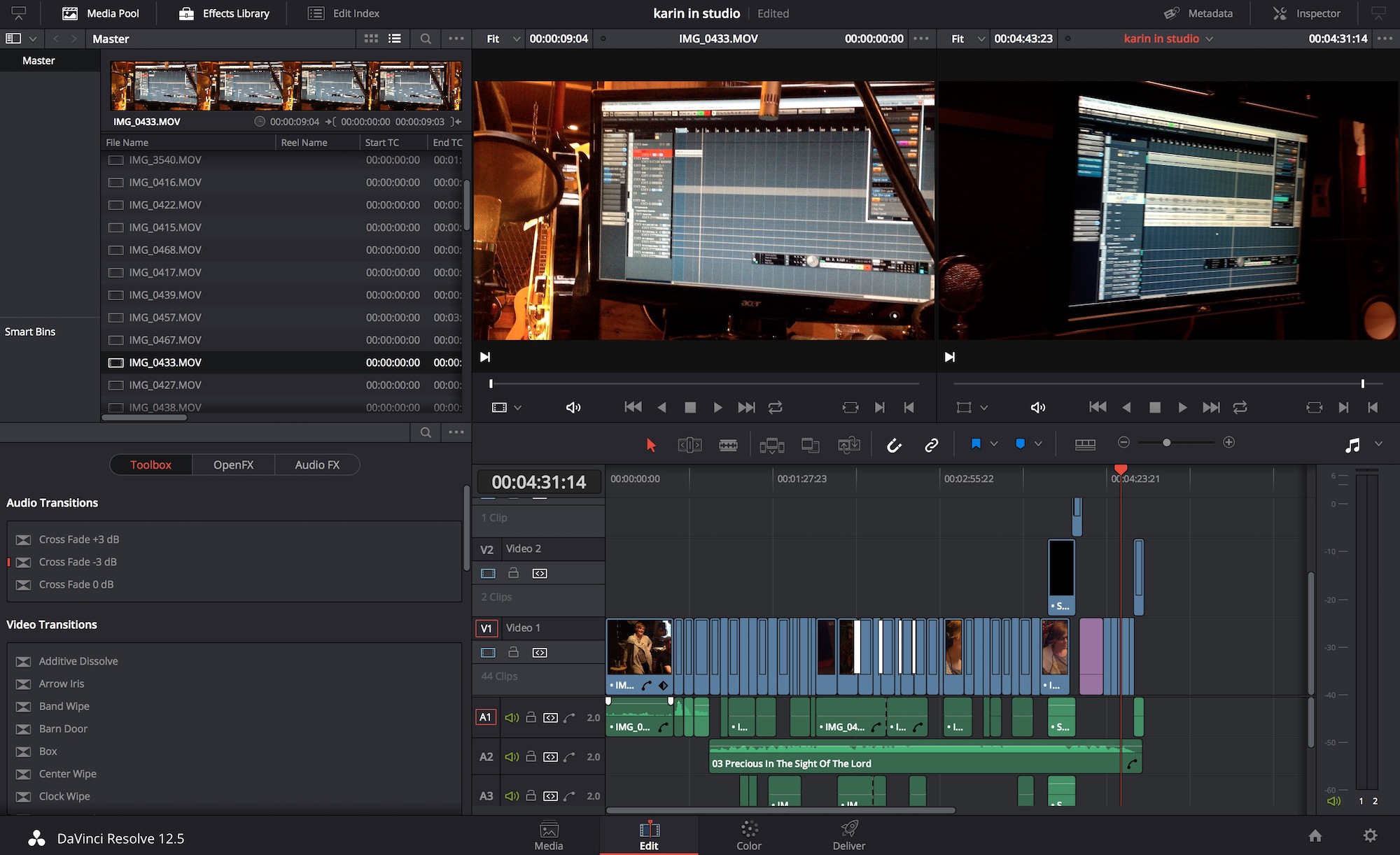
No NLE list compiled today is complete without mentioning Resolve though you might not yet see it populating many craft editor’s suites at this point in time. Blackmagic has put a lot of resources into building the editing functions of Resolve into something that can compete with the big boys.
Pros: The free version is incredibly capable; constant updating by the Blackmagic engineers; it’s an NLE that’s got pretty good color correction built right in
Cons: The NLE portion might not be up to the standards that Blackmagic marketing would have you believe; media management (an important thing for real-world, big-project editing) needs work; does the market need another NLE that doesn’t “think different?”
Wildcard: Blackmagic. Though it still has the name DaVinci Resolve, make no mistakes that this product is now Blackmagic’s and they are in it for the long haul.
Buying Advice: Since you can do most all of the editing you’d ever want with the free version there is no buying, just downloading (compare versions here). You’ve got nothing to lose in trying it out.
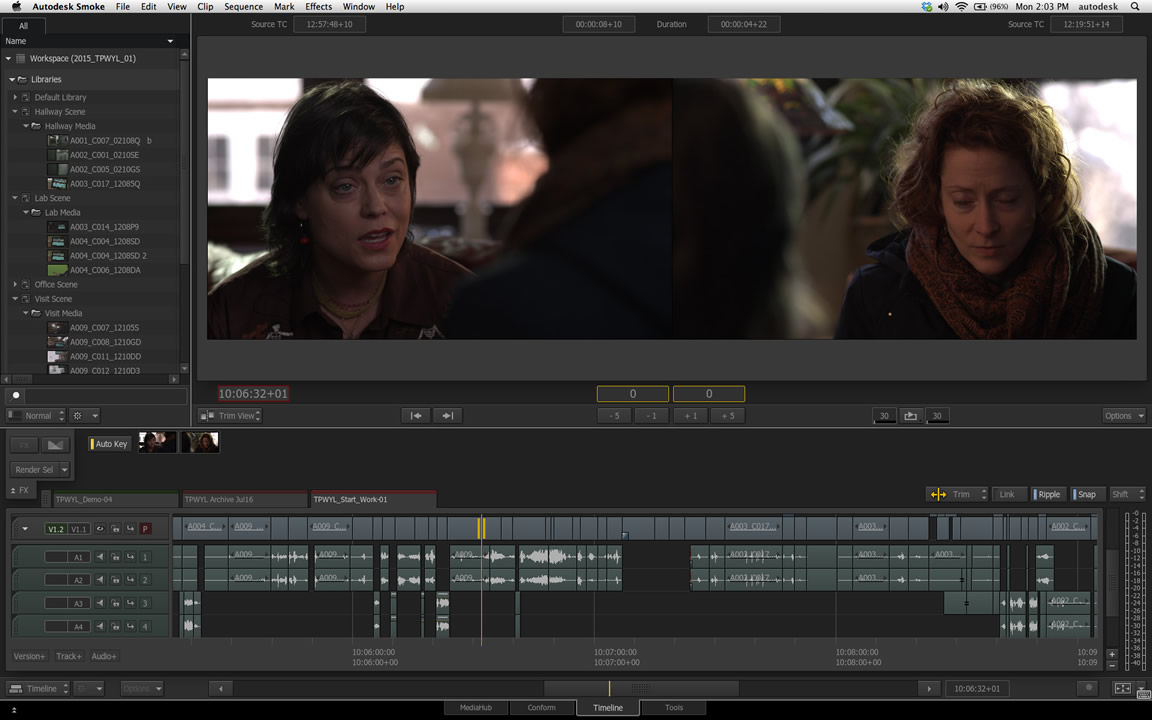
Mac – $185 monthly up to $1,470 annually
Smoke on Mac is still a thing. It’s still shipping and Autodesk is still supporting it contrary to what you would have though at NAB 2016 since it was nowhere to be seen at the Autodesk booth. Smoke is at version 2017 so that’s a fresh update for the new year.
Pros: It’s an incredibly powerful piece of software that can do some amazing things if you can master it; from the Autodesk website: “Use Timeline FX within a familiar track-based video editing timeline” means it will look somewhat familiar to the editor; there was a time when you had to mortgage your house to be able to afford Smoke
Cons: despite how it was marketed when it came to the Mac, Smoke isn’t an offline editor and no one is using it that way
Wildcard: Autodesk’s commitment to the tool. I don’t have any idea how successfully Smoke for Mac has been but the lack of it at the NAB 2016 Autodesk booth might speak volumes to their commitment.
Buying Advice: Those that need/want Smoke know who they are and what they are getting into, everyone else move along and keep using your Adobe Creative Suite.
![]()
PC – $399 Edit, $599 Pro, $799 Suite
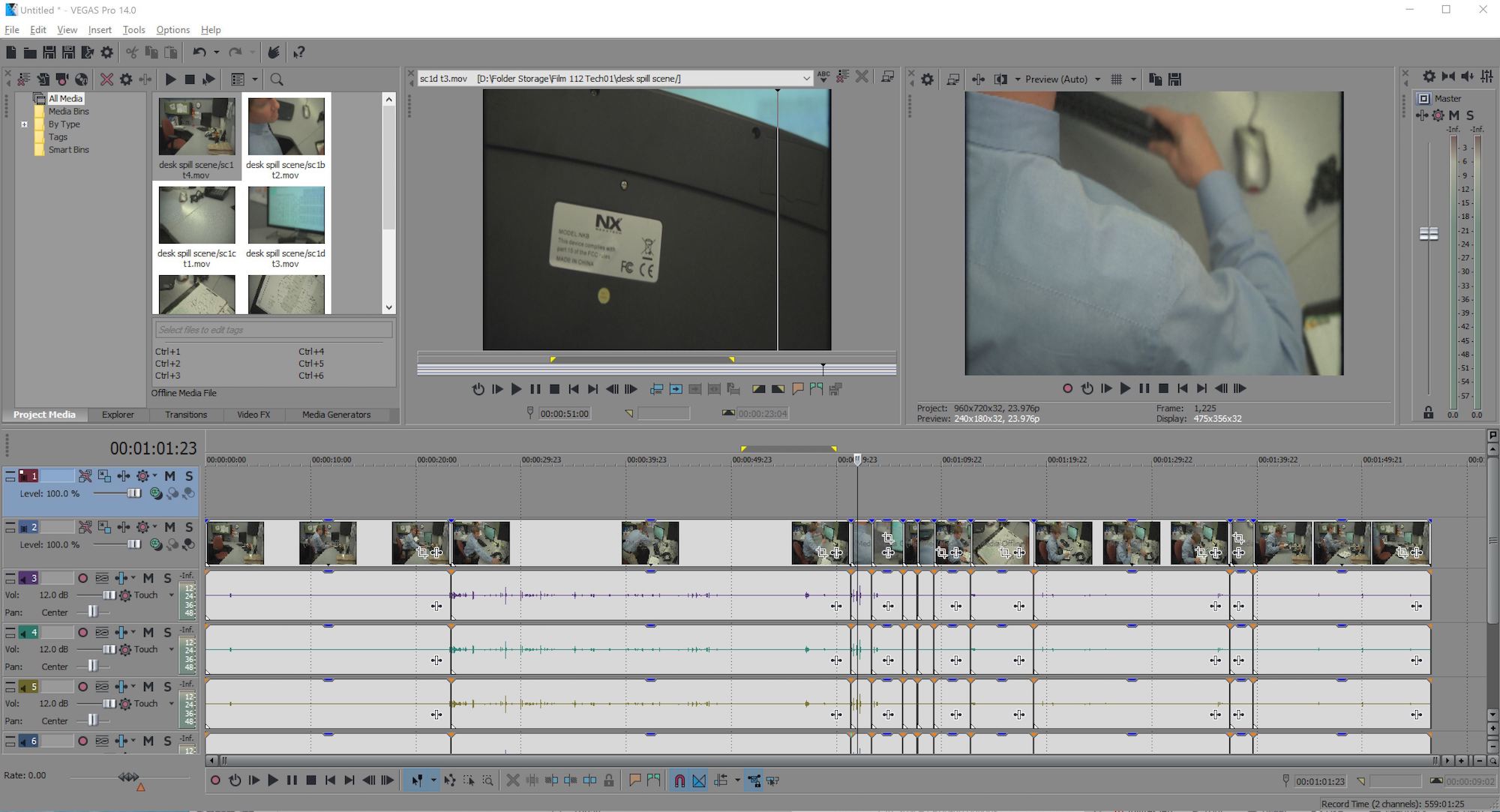
Vegas is that fringe tool of the video editing world. It has been around forever and most everyone working in post-production had heard of it but the majority had never used it. Sony decided that it no longer fit into their plans and sold it to Magix. That looks to mean new life for Vegas as Magix is marketing and developing it.
Pros: Vegas has been around a long time and with the purchase by Magix it doesn’t look like it’s going anywhere; there are those that swear by Vegas; it was doing modern NLE things before most others
Cons: Most freelance editors I’ve talked to have never seen Vegas out in the wild or been called to work on Vegas; Magix isn’t Sony (but maybe that’s a Pro?); Vegas gets no respect
Wildcard: Magix. With a new owner we can expect a new marketing push for Vegas Pro and maybe they can tell all the rest of us why the diehard Vegas users love it so. I remember diehard Avid DS users telling us why they loved that tool so much but that didn’t save it.
Buying Advice: I think Vegas is a bit like Smoke … if you want it and need it then you’ll buy it and no one can tell you different. Godspeed.
![]()
Mac/PC/Linux – $25 / month, $175 / year, $438 outright license
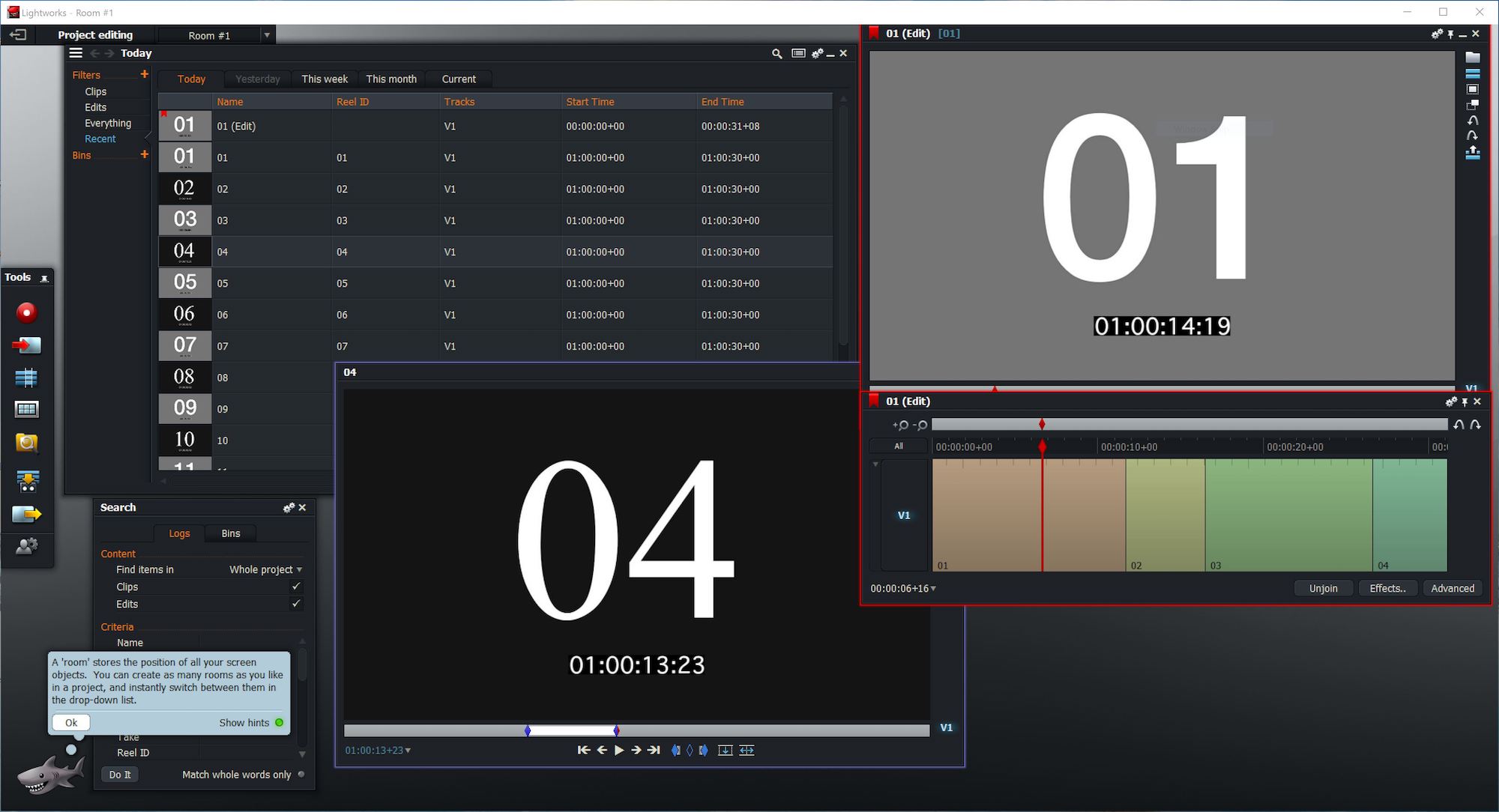
Lightworks is another NLE that has been around for year and years thought the Lightworks that you install today is very, very different than the Lightworks of 1999. The interface is different, the media you put into it is different and the company that owns it is different. But it’s still alive and kicking.
Pros: Like Vegas Lightworks has been around for a long time but it’s been used in very different markets than Vegas; it has that cool Lightworks Console controller hardware; it has a Linux version (how many other NLEs can say that?)
Cons: It’s got some kinda quirky stuff to it; Bless its heart it just hasn’t been able to get much traction over the years outside of Thelma Schoonmaker; Do you really know anyone who regularly uses Lightworks?
Wildcard: A world without Avid? If something did happen to Avid and Media Composer went away Lightworks could benefit. The tools has a history in Hollywood so there would be those who would probably champion it over Adobe.
Buying Advice: Lightworks does a lot of stuff and it’s been around forever so if you work all on your own and you want to do your own thing then give Lightworks a try … and invite me over to hang out so I can watch you run it.

Mac – $99…. actually now it is FREE.
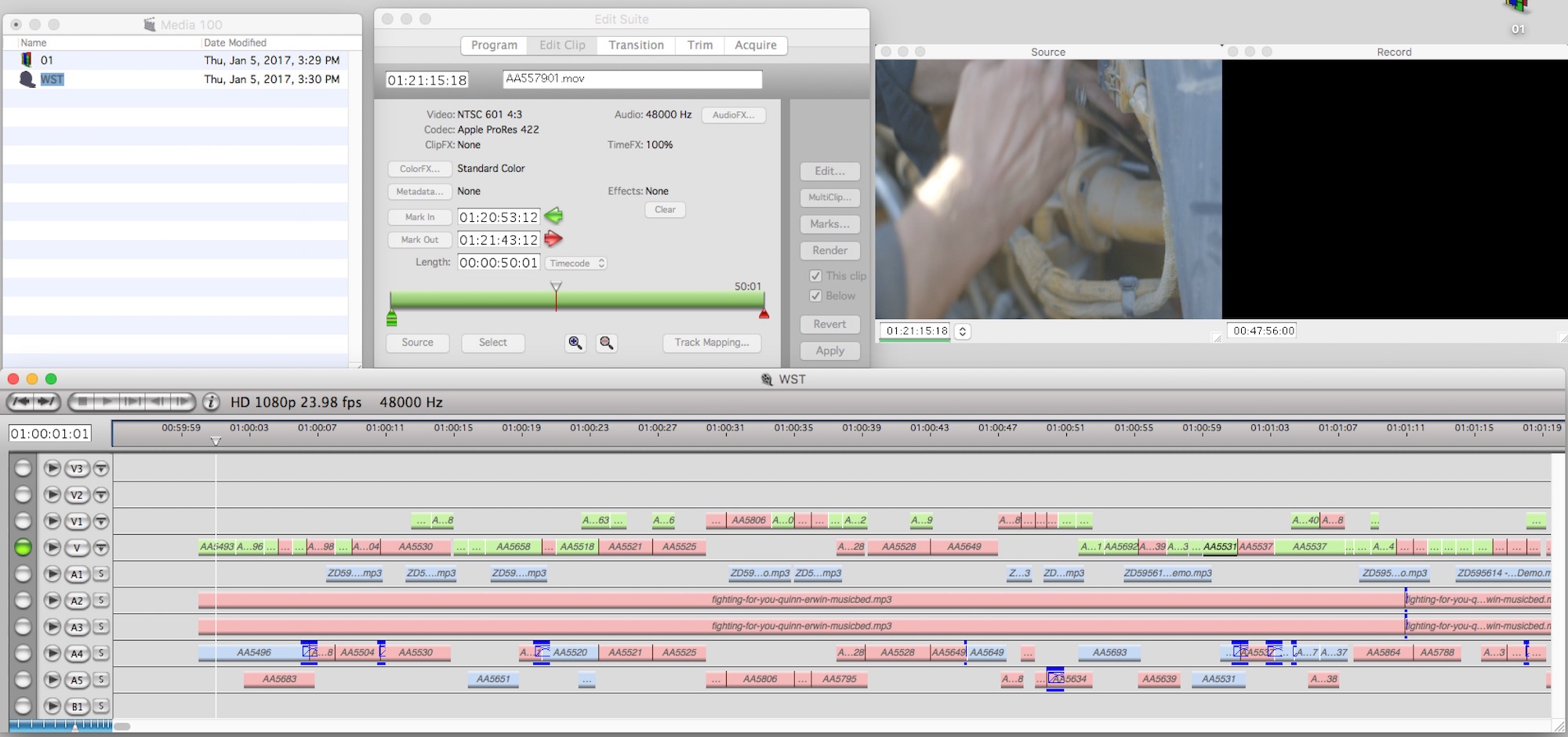
That’s right, Media 100 is still around after all these years and you can download an installer right now. In my limited time playing with it it’s hard to know if it could handle the demands of current day media production when it comes to both formats and quantity. But the Creative Cow Media 100 forum still has active users posting so it’s Not Dead Yet.
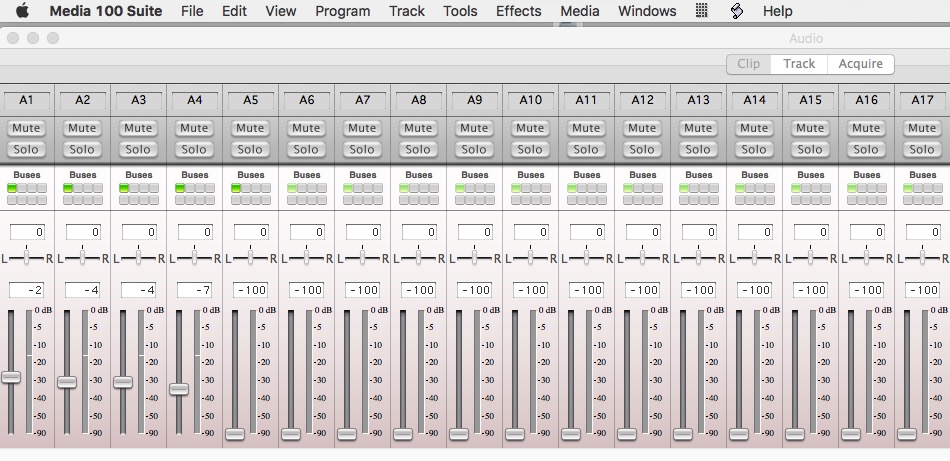
Pros: Media 100 is still a thing and can be downloaded and used; it has a 60 day free trial so you really can give it a shot; Media 100 costs $99 and does a lot for that $99 so what have you got to lose besides $99?
Cons: 9 out of 10 editors out in the world thought Media 100 was dead and gone; it’s hard to be sure of its future but hell, it’s lasted this long and it’s only $99 so what have you got to lose?
Wildcard: I don’t think there is a wildcard for Media 100. It’s an old tool that feels old when you use it. If there’s enough of a fanbase to pay for its development it’ll live, if not … it won’t.
Buying Advice: If you dedicate some time to Media 100 I bet you can get in good with Boris FX and help steer the direction of the product; This Rest in peace M100 thread might be a good read before buying; It’s $99 and has a long feature list so what have you got to lose?
![]()
Mac/PC – $22 / month to $200 / year
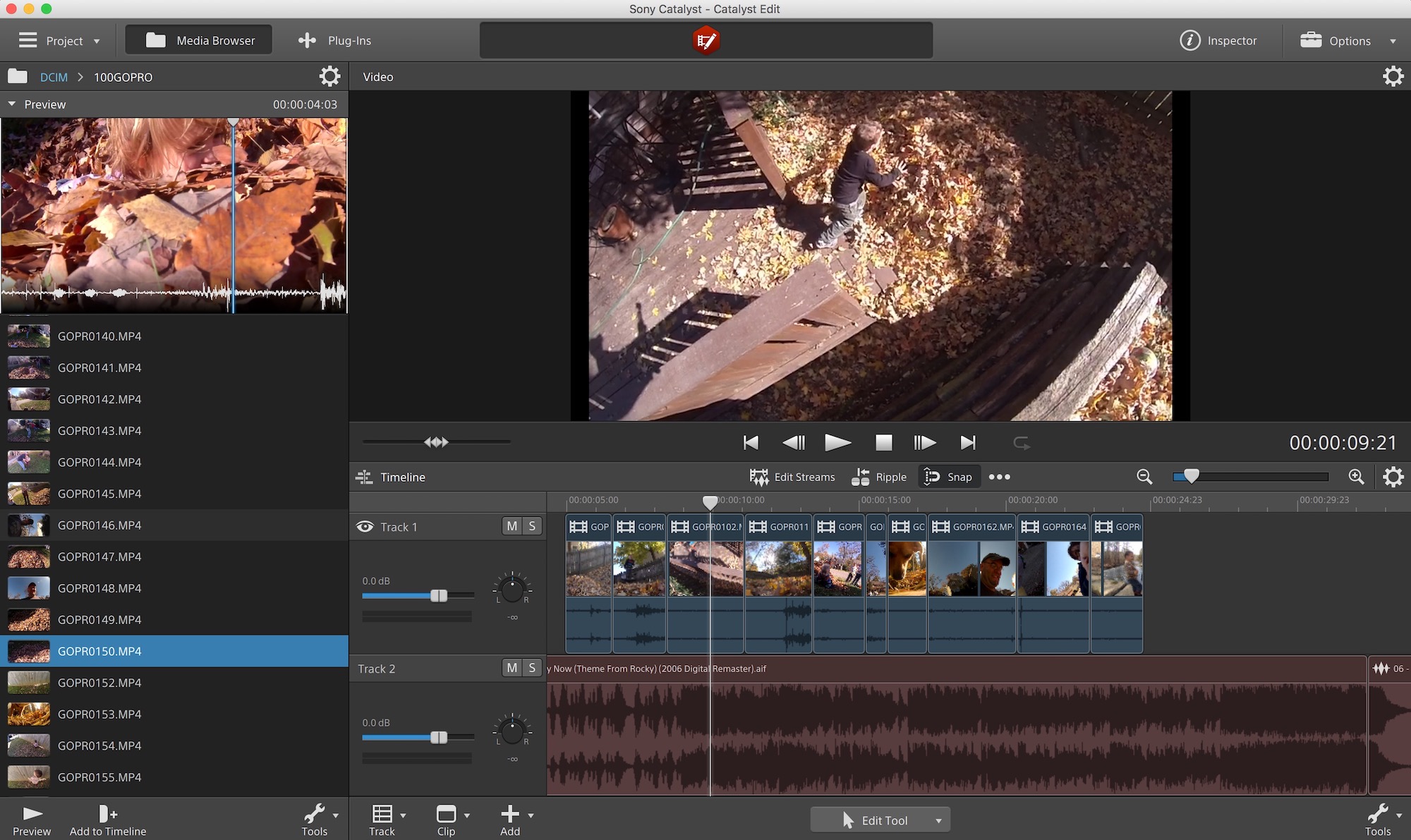
Sony introduced Catalyst Edit as part of the Catalyst Production Suite. It supports resolutions up to 4K and has a companion app in Sony Catalyst Prepare. It fells a bit like the Adobe Prelude to Premiere workflow. These products are interesting birds: they seem dedicated to Sony media but they’ll work with formats beyond what is acquired by Sony cameras; the interface is simple and a little generic but yet housing some powerful features; they were created by Sony and then Sony ditched most all their other software. I don’t have any idea who the target market of Catalyst might be.
Pros: In my limited use of Catalyst Edit the Sony mantra of “focused, fast editing” seems to be true as the NLE isn’t bloated with features; if you live in a Sony world the the Catalyst Production Suite might be for you
Cons: Sony isn’t exactly known for their software (they saw fit to ditch Vegas); It’s a step backward features wise from more established NLEs; Did you even know this thing existed?
Wildcard: Sony. Sony sells a lot of cameras that product media that needs to be organized and edited. If they can get their camera fan base to try the Catalyst Suite they might win a few converts. They could start by giving it away for free with any Sony camera purchase.
Buying Advice: With a package as new and unknown as Sony Catalyst Edit you have to download the free trial and try it yourself.
![]()
PC – “We have EDIUS Pro 8 in stock and on sale for $479” is one price that I found.
Out of every NLE here in this list I know less about EDIUS Pro than any others. It must be in use in a lot of places around the world, at least that was the impression I got from getting a demo of EDIUS at NAB 2016. There’s a lot of EDIUS videos on YouTube that have a lot of views (if that is any indication). But asking Twitter who out there uses EDIUS … crickets.
Pros: Believe it or not there are a lot of EDIUS users out there; being a part of Grass Valley means a big booth at the very front of the NAB South Hall; EDIUS has a ton of features and a decent third party plug-in market with names you’ll recognize
Cons: Most of us have never seen EDIUS in the wild, Grass Valley doesn’t exactly seem to promote the EDIUS product very much
Wildcard: News. I’m speculating here but I think EDIUS is installed in newsrooms around the world. That’s a good user-base right there.
Buying Advice: There’s no way I could give any advice on buying EDIUS Pro 8 beyond saying that it isn’t at all prevalent in the markets where I work so I would advise a client on Adobe, Avid or Apple NLEs. That doesn’t mean EDIUS couldn’t get the job done as I’m sure it will do what all of its competitors will do in the hands of a skilled EDIUS operator. In the meantime, put on your dancing shoes and watch the editor below have a play in EDIUS 8 if you want to know more.
![]()
Mac/PC – Free up to $349
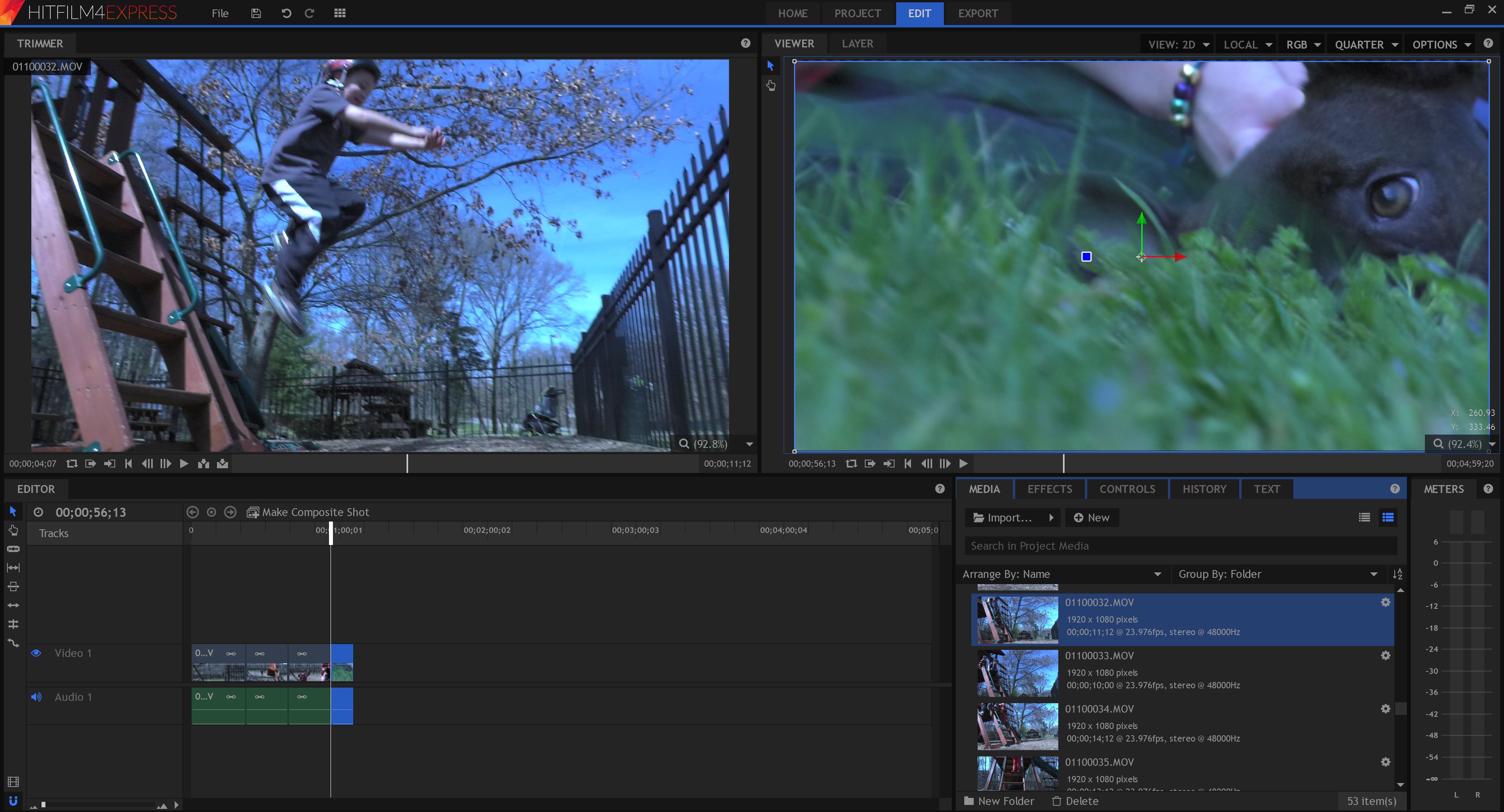
Remember the talk of the extreme super-NLE a few years ago? HitFilm seems to be as close as we’ve come to the super-NLE that really can do everything. I hear very little about HitFilm in the markets I work in but my anecdotal evidence tells me it’s got a big fan base with a bunch of users. When my boys decide it’s time to make their own action/horror/special fx movies I’m going to get them HitFilm.
Pros: It can do a lot of stuff at a very low price; if you’re into effects-y kind of filmmaking but don’t want to learn After Effects HitFilm is a good way to go; they also make a HitFilm plug-in package for other NLEs
Cons: I think many people view HitFilm as a toy; you’re not going to work in Hollywood by devoting a career to HitFilm
Wildcard: The kiddos. While there are lot of youngsters making their movies with FCPX there’s a lot of them also using HitFilm. By marketing HitFilm’s bullet hits, blood spatters, light sabers and plasma flashes their going to pick up a lot young filmmakers.
Buying Advice: Got only $349 to spend on your NLE that you need to do everything humanly possible from editing to visual effects? HitFilm might be the only option in town. Aside from the Pro version, HitFilm Express might be the most capable free editing and post-production tool on the planet that could give DaVinci Resolve a run for its money.
![]()
Final Cut Pro 7 (Classic)
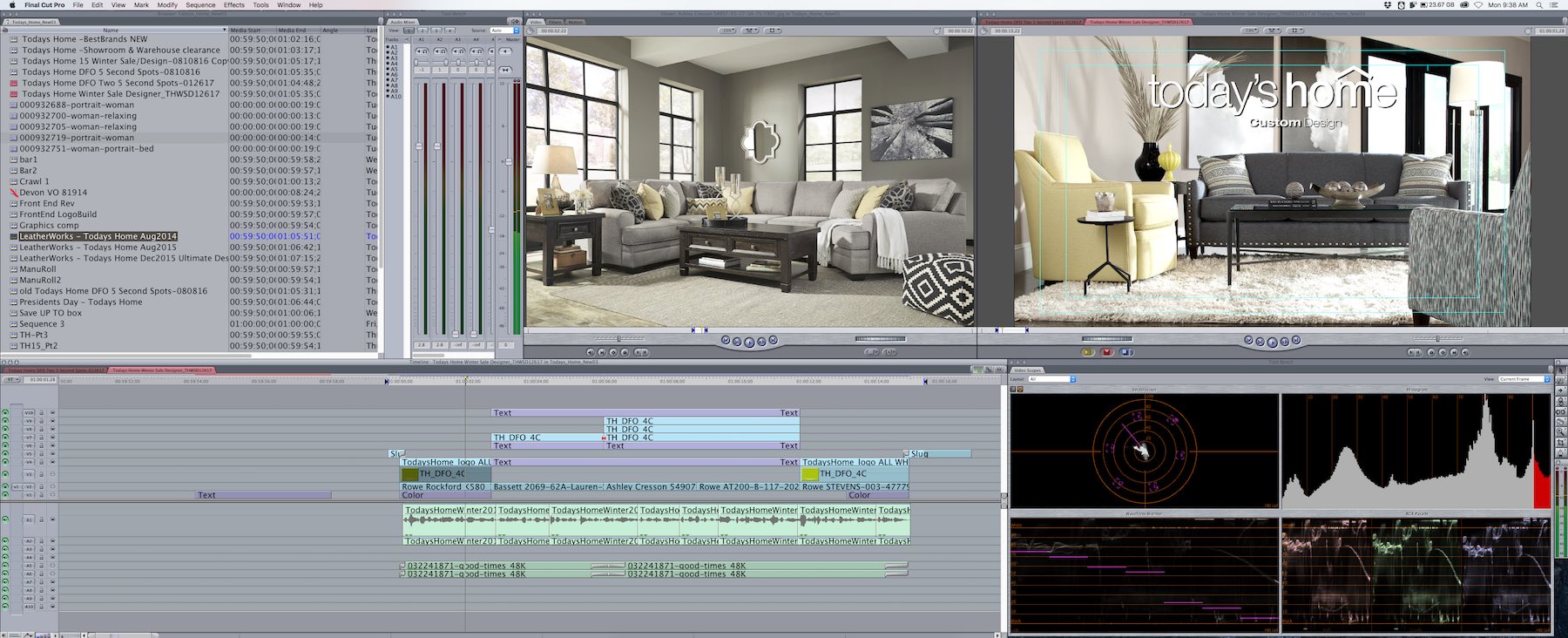
Mac – Search out eBay, Craigslist or maybe Amazon
Believe it or not FCP7 still runs on the latest Mac OS. And believe it or not if you search Amazon and eBay you can still get the install discs. And also believe it or not there are people in the world who have purchased it as recently as yesterday (though that 1 left in stock might be gone by the time you read this).
Pros: I bet there are still editors out there who know how to use it; I bet there are still editors out there who are actually using it; it still has a few things the others don’t; it will slice through your DV25 material like butter
Cons: Do I really have to list any?
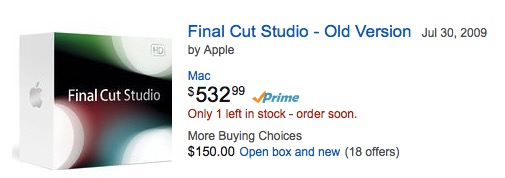
Wildcard: The wildcard here is that people are still actually using it. And there might be more people still using FCP7 (Classic) around the world than we realize.
Buying Advice: Don’t.
What do you think? Did I get it wrong on the Pros, Cons and Buying Advice for any of the NLEs above? Did I miss one entirely? Should Blender really be a consideration for video editing? Is one of those more obscure tools your weapon of choice? Please leave a comment below and tell me where I’m wrong.

Filmtools
Filmmakers go-to destination for pre-production, production & post production equipment!
Shop Now